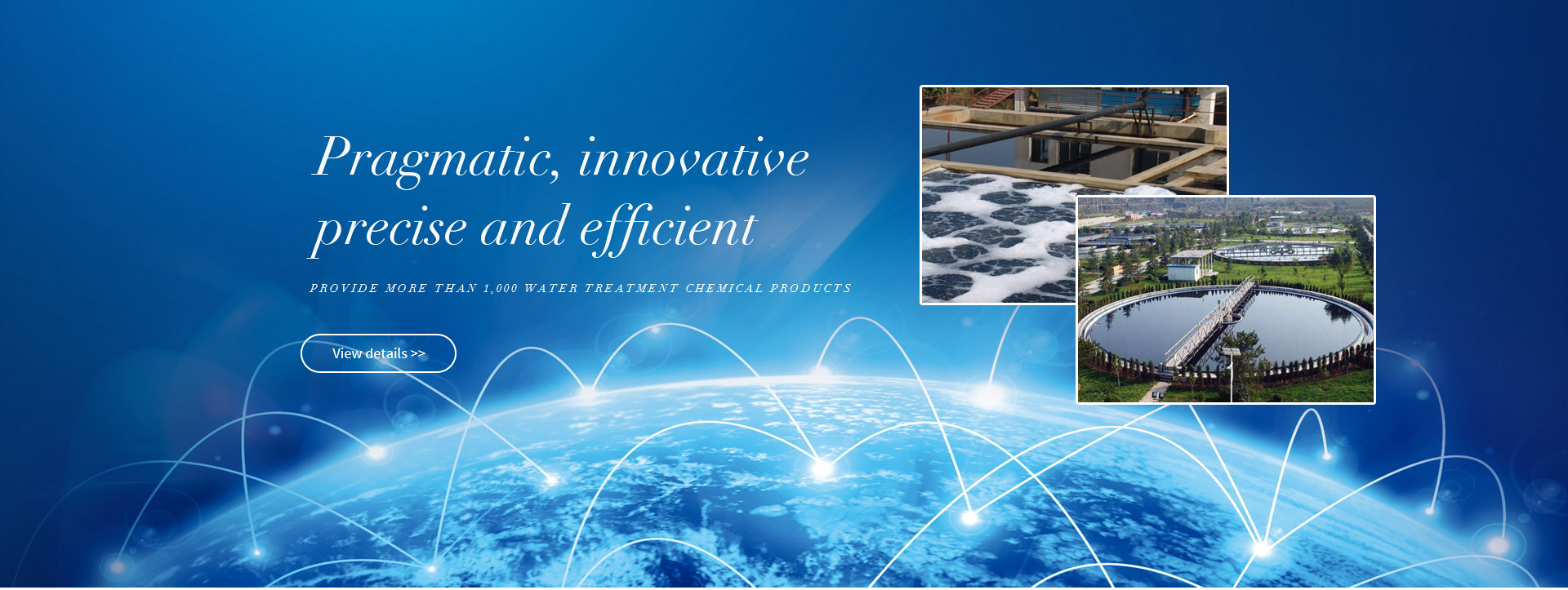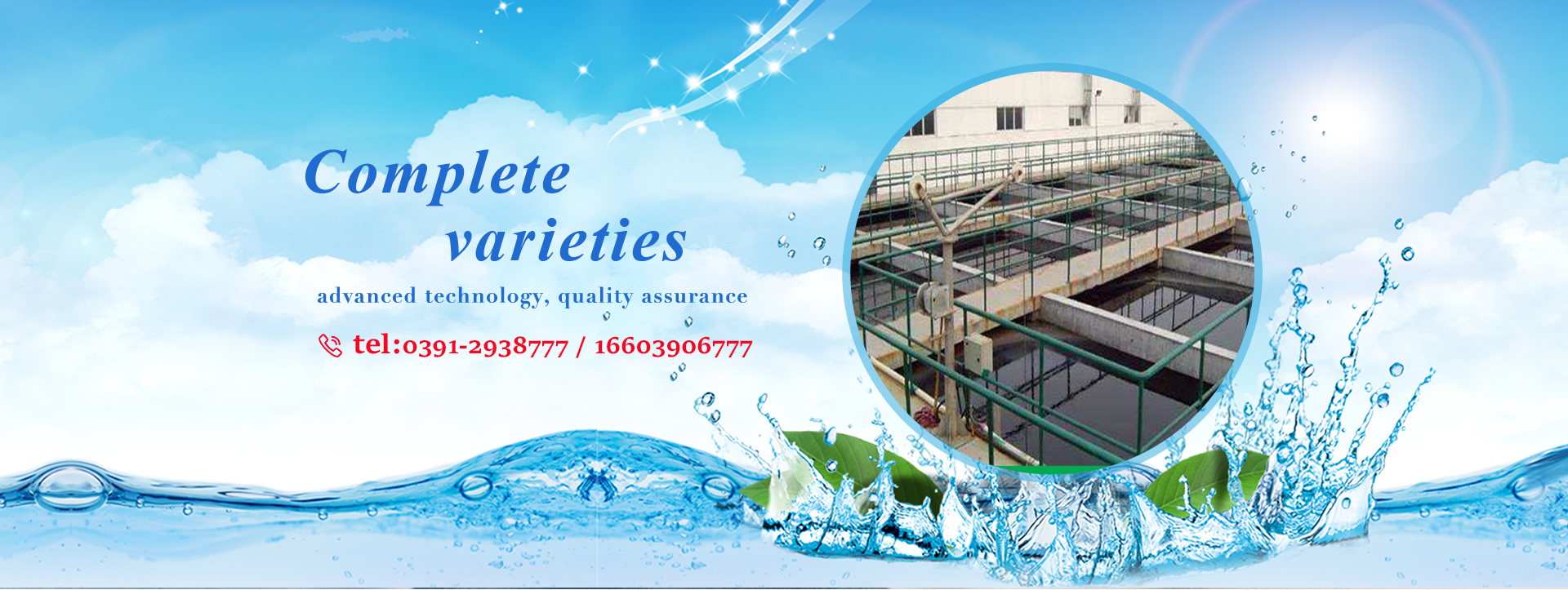Hongdali introduces how to treat printing and dyeing industrial wastewater | Jiaozuo
Hongdali Biochemical introduces you how to treat printing and dyeing industrial wastewater
The printing and dyeing industry consumes a lot of water, and usually consumes 100-200t for every 1t of textile processing. Among them, 80% to 90% are discharged as printing and dyeing wastewater. Common treatment methods include recycling and harmless treatment.
Recycling: (1) Wastewater can be separately recycled according to water quality characteristics, such as the shunting of bleaching and cooking wastewater and dyeing and printing wastewater, the former can be washed by convection. Multi-purpose water, reduce discharge; (2) lye recovery, usually by evaporation method, such as large lye volume, three-effect evaporation can be used for recovery, small lye volume, thin film evaporation can be used for recovery; (3) dye recovery. Such as Shihlin dye can be acidified into cryptobasic acid, showing colloidal particles. Suspended in the residual liquid, recycled after precipitation and filtration.
Harmless treatment can be divided into: (1) Physical treatment methods include precipitation method and adsorption method. The precipitation method mainly removes suspended matter in the wastewater; the adsorption method mainly removes dissolved pollutants and decolorization in the wastewater. (2) Chemical treatment methods include neutralization method, coagulation method and oxidation method. The neutralization method is to adjust the acidity and alkalinity in the wastewater, and can also reduce the chroma of the wastewater; the coagulation method is to remove the disperse dyes and colloidal substances in the wastewater; and the oxidation method is to oxidize the reducing substances in the wastewater to precipitate the sulfur dyes and vat dyes. (3) Biological treatment methods include activated sludge, biological turntable, biological rotating drum and biological contact oxidation method. In order to improve the quality of the effluent, meet the discharge standards or recycling requirements. It is often necessary to adopt several methods for joint processing.









